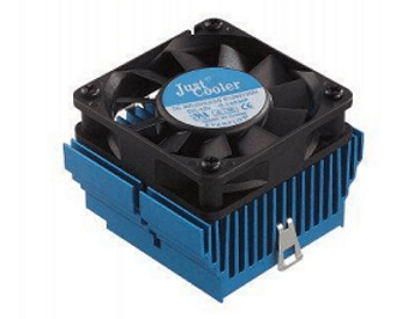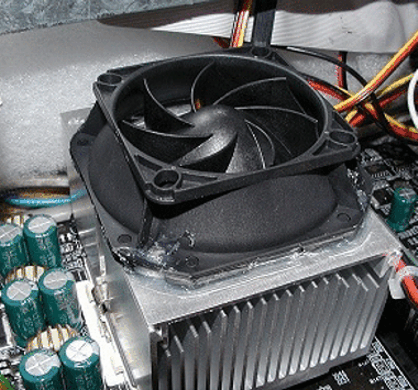ventilator
There are thermal and mechanical methods for cooling components, central processing units( CPU), boards, housings, subracks and racks. Fans work with mechanical heat dissipation by drawing in heat from components, devices and systems and moving it from inside the device to the outside.
A fan is a rotating fan whose blades are shaped to extract as much heat as possible. The air volume or air flow rate is a characteristic value of fans that depends on the fan size, blade shape and number, and speed. This characteristic value is given in cubic meters per unit time (cbm/h). Further differences can be found in the fan design, whose blades can be arranged axially or radially.
In addition to the different designs, the fan motor and its control are important. DC and AC motors should be mentioned here, which can be thermally controlled with continuous speed control. In various applications, the noise generated by the air flow also plays a role. This is specified in sone for comparability.
In racks and subracks, shelf managers can take over the thermal monitoring of the rack and ensure optimal thermal conditions by controlling the fan speed. Depending on the control algorithm, the air cooling can detect the temperature development in advance and thus already take countermeasures. Especially for racks, there are fan trays with several fans that blow the intake air vertically through the rack. The air throughput is many times higher than that of individual fans. Such fan trays can be equipped with two, three, four or six fans.


